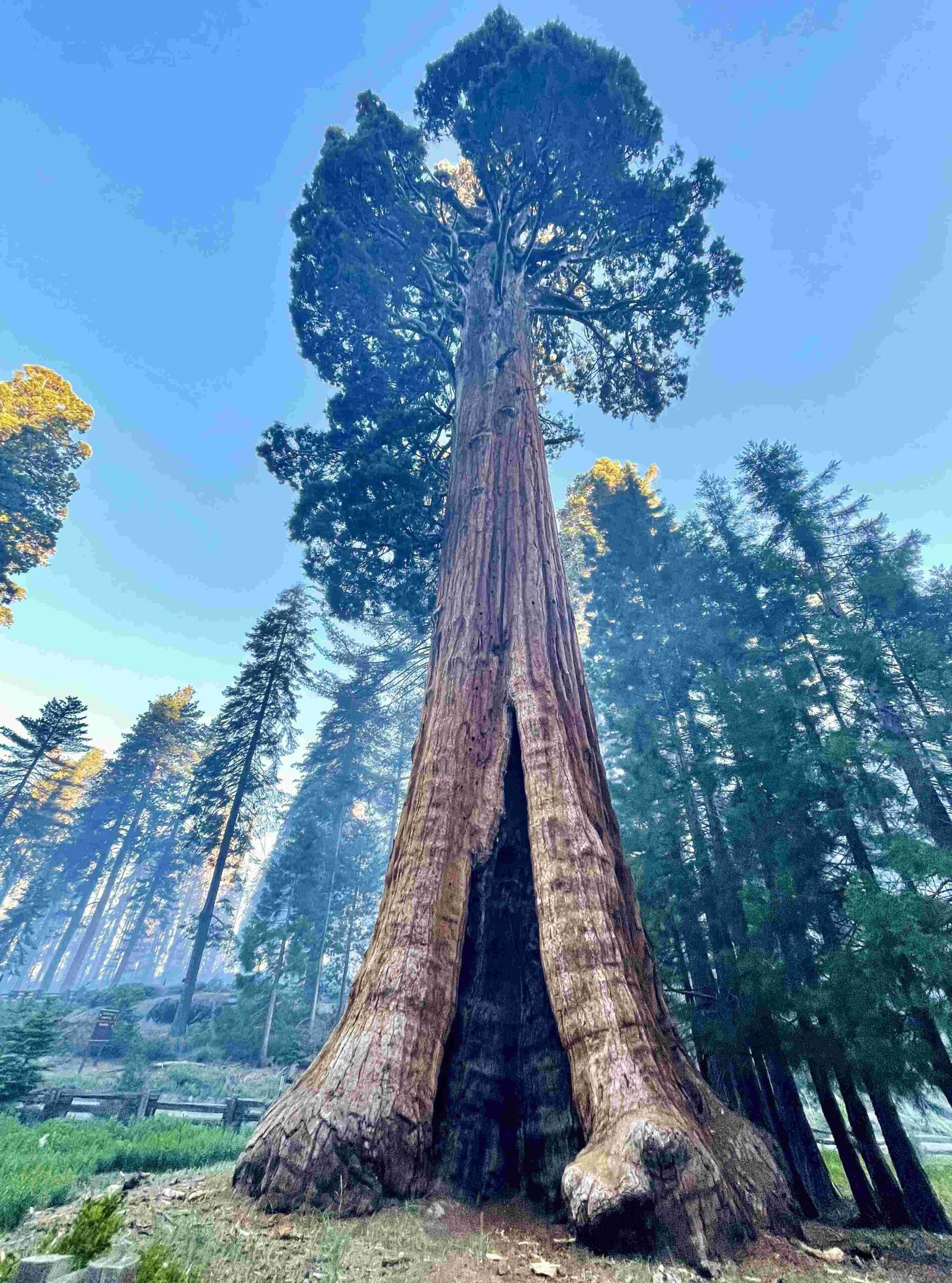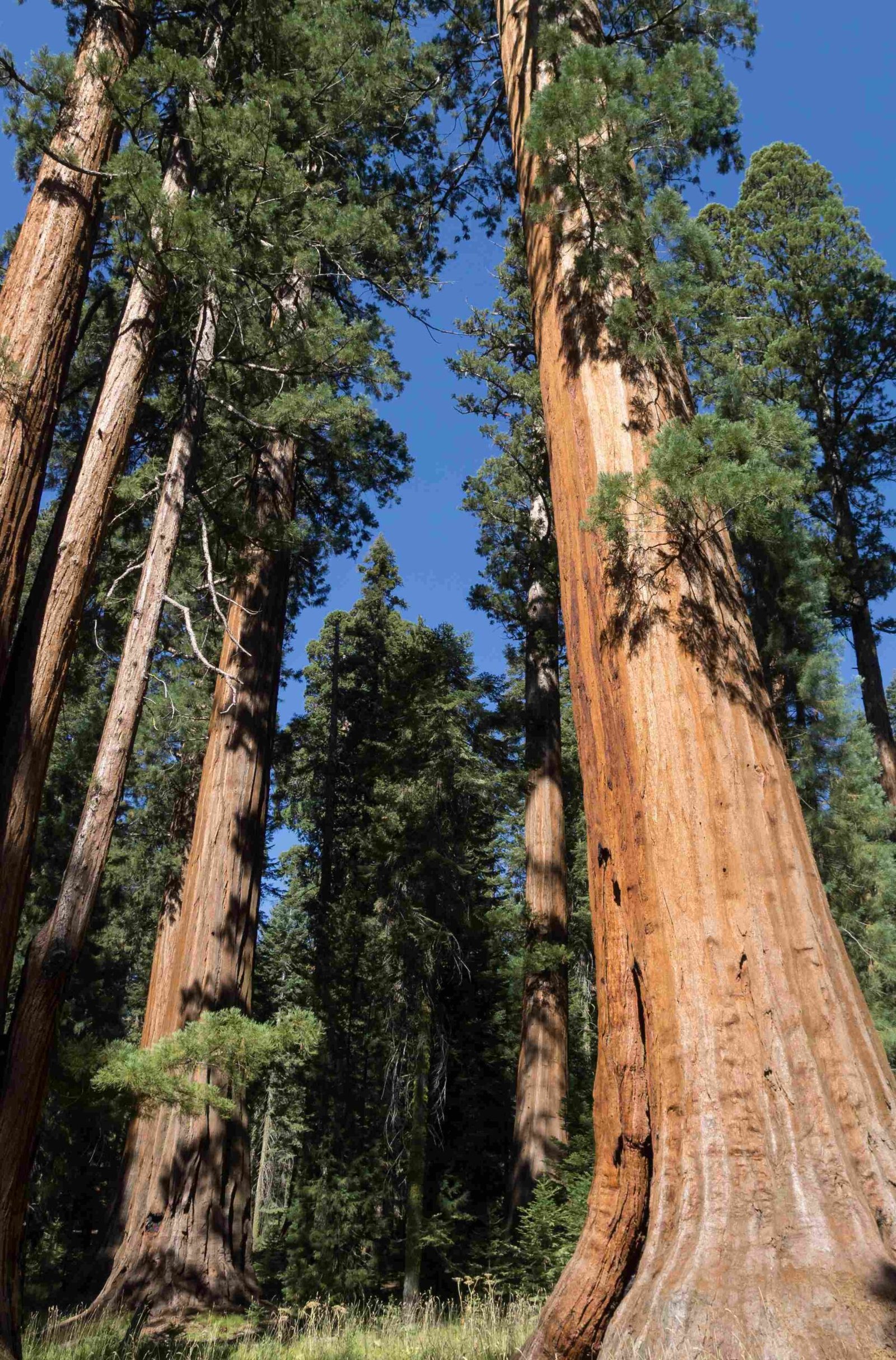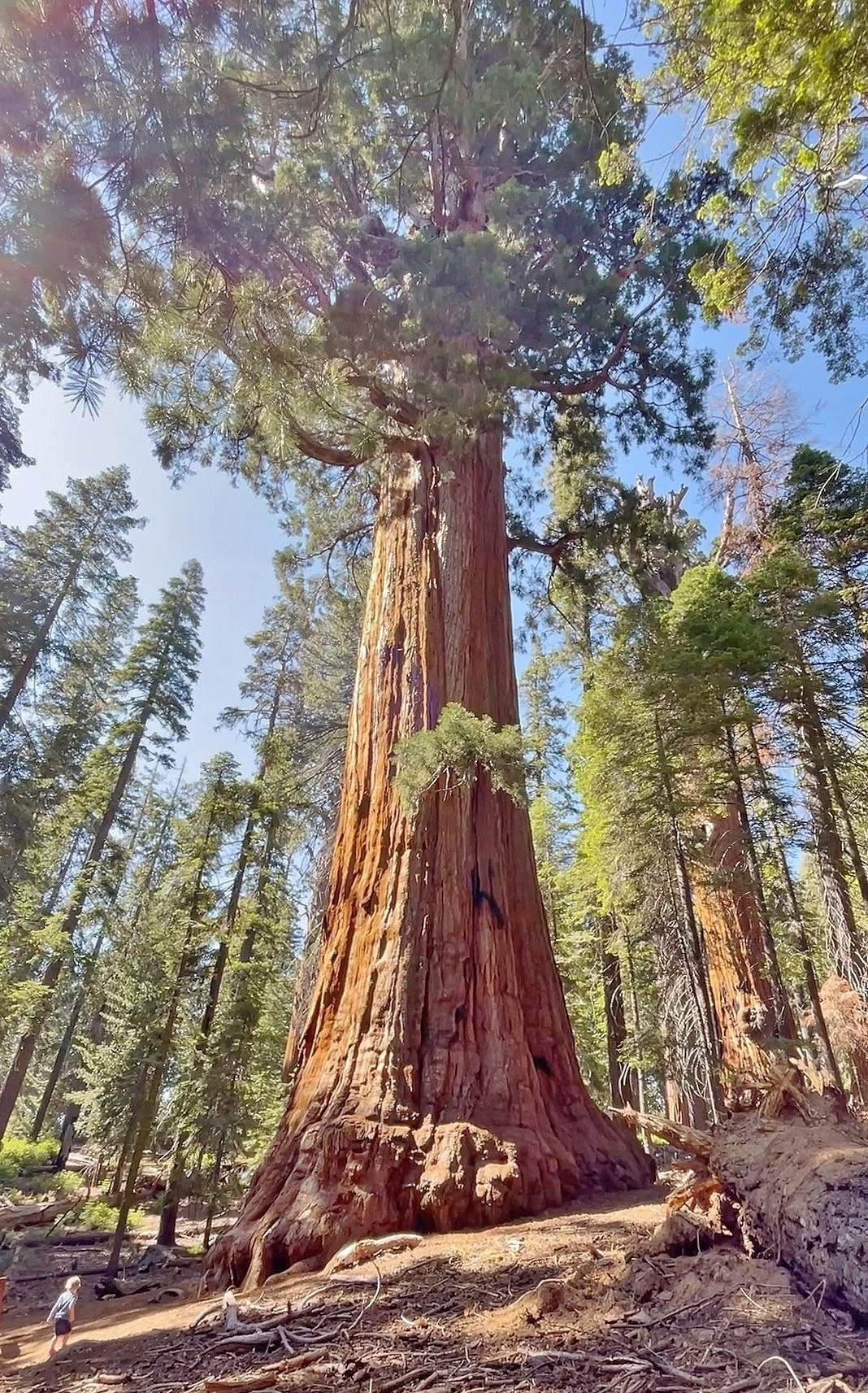Sequoia National Park, known for its towering giant sequoias, is also home to diverse wildlife, including potentially dangerous animals. Visitors should be aware of black bears, mountain lions, and rattlesnakes. While encounters are rare, understanding these animals and following safety guidelines is crucial for a safe and enjoyable park experience. This guide provides essential information on wildlife dangers, safety measures, and park resources for managing potential encounters.
What Are the Most Dangerous Animals in Sequoia National Park?

Black Bears
Black bears are the most commonly encountered large mammals in Sequoia National Park. Despite their name, they can vary in color from black to brown or cinnamon. Here are key points about black bears:
- Size: Adult males can weigh up to 500 pounds, while females typically weigh 100-300 pounds.
- Behavior: Generally shy and avoid human contact, but can become aggressive if habituated to human food.
- Dangers: Can break into vehicles, tents, and cabins in search of food.
- Encounters: Relatively rare, with few documented attacks in the park’s history.
Mountain Lions
Mountain lions, also known as cougars or pumas, are elusive predators that inhabit the park. Important facts include:
- Size: Adults weigh between 70-180 pounds.
- Behavior: Solitary and typically avoid human contact.
- Dangers: Capable of attacking humans, though such incidents are extremely rare.
- Encounters: Very few documented attacks in the park, with most being non-fatal.
Rattlesnakes
Rattlesnakes are the primary venomous snake species in Sequoia National Park. Key information:
- Habitat: Common in foothills and lower elevations of Kings Canyon.
- Behavior: Generally non-aggressive unless provoked or stepped on.
- Dangers: Venomous bites can cause severe tissue damage, though rarely fatal if treated promptly.
- Encounters: Bites are uncommon and usually occur when snakes are harassed.
How Common Are Dangerous Animal Encounters in Sequoia National Park?

While the presence of potentially dangerous animals in Sequoia National Park is a reality, actual encounters and incidents are relatively rare. Here’s a breakdown of encounter frequencies:
- Bear Encounters:
- Frequency: Uncommon
- Severity: Most encounters are non-aggressive
-
Annual Statistics: Specific data not available, but reported to be infrequent
-
Mountain Lion Sightings:
- Frequency: Very rare
- Severity: Attacks extremely uncommon
-
Historical Data: Only about 24 human fatalities in the entire United States since 1900
-
Rattlesnake Encounters:
- Frequency: Occasional in suitable habitats
- Severity: Bites are rare and usually non-fatal
- Incident Rate: Specific statistics unavailable, but bites typically occur when snakes are disturbed
What Safety Measures Should Visitors Take?
To ensure a safe visit to Sequoia National Park, follow these guidelines for each potentially dangerous animal:
Black Bears
- Store food properly in bear-proof containers or lockers
- Maintain a safe distance of at least 100 yards
- Never feed bears or leave food unattended
- Make noise while hiking to avoid surprising bears
Mountain Lions
- Hike in groups and keep children close
- Avoid hiking at dawn, dusk, or night when mountain lions are most active
- If encountered, make yourself appear large, make noise, and do not run
Rattlesnakes
- Stay on designated trails and watch where you step
- Wear sturdy boots and long pants in snake habitats
- Do not attempt to handle or kill snakes
- If bitten, seek immediate medical attention and call 911
What Resources Does the Park Offer for Wildlife Safety?
Sequoia National Park provides various resources to help visitors stay safe and informed about wildlife:
- Visitor Centers:
- Foothills Visitor Center
- Lodgepole Visitor Center
-
Kings Canyon Visitor Center
-
Ranger-Led Programs:
- Wildlife safety talks
-
Guided hikes with wildlife information
-
Educational Materials:
- Brochures on wildlife safety
-
Informational displays at visitor centers
-
Emergency Services:
- Park rangers available for assistance
- 911 emergency services accessible throughout the park
How Can Visitors Learn More About Wildlife Safety in the Park?
To enhance your knowledge about wildlife safety in Sequoia National Park, consider the following options:
- Attend Ranger Programs:
- Schedule: Available daily during peak season
- Topics: Wildlife behavior, safety tips, and park ecology
-
Cost: Most programs are free with park admission
-
Visit Visitor Centers:
- Hours: Typically open daily, hours vary by season
-
Resources: Interactive displays, educational videos, and knowledgeable staff
-
Online Resources:
- Park Website: Comprehensive information on wildlife and safety
-
Virtual Tours: Learn about park wildlife from home
-
Guided Tours:
- Options: Private and group tours available
- Focus: Some tours specifically address wildlife safety and ecology
By following these guidelines and taking advantage of the park’s resources, visitors can safely enjoy the natural wonders of Sequoia National Park while respecting its wildlife inhabitants.
References:
1. Wildlife Safety – Sequoia & Kings Canyon National Parks
2. Verified Mountain Lion-Human Attacks
3. These are California’s deadliest national parks

